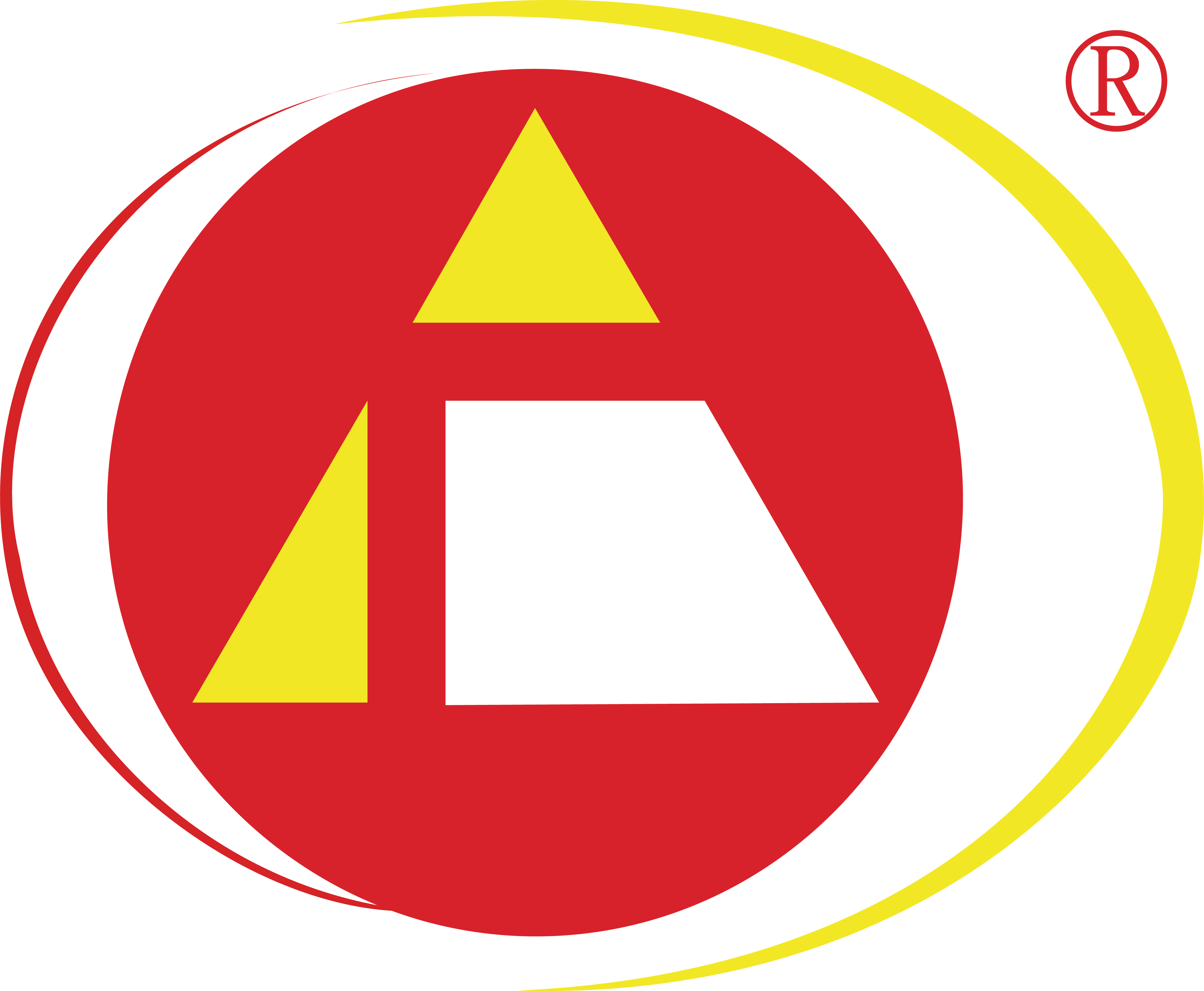0102030405
Electrophoretic deposition electrocoating production line
Electrophoretic Painting Line Overview
An electrophoretic painting line is an automated system used to apply protective or decorative coatings on metal or other materials using the principles of electrophoresis. This process is widely used in industries such as automotive, home appliances, and construction.
Main Components of Electrophoretic Painting Line
Pre-treatment System:
Cleaning: Removes contaminants such as oil and rust from the surface of the workpieces using methods like acid cleaning, alkaline cleaning, or ultrasonic cleaning.
Phosphating: Applies a phosphate coating to the surface of the workpieces to improve adhesion and corrosion resistance of the coating.
Deionized Water Rinsing: Uses deionized water to wash the workpieces and remove residues from the pre-treatment process.
Electrophoretic Coating System:
Electrophoretic Tank: Workpieces are immersed in an electrophoretic tank where an electric field causes charged paint particles to deposit evenly on the surface.
Power Supply: Provides the direct current necessary for electrophoretic coating, controlling the electric field strength and deposition rate of the paint.
Coating Paint: Typically water-based and includes resins, pigments, and additives, offering good insulation and corrosion resistance.
Drying and Curing System:
Drying Oven: Heats and dries the coating to form a durable layer. Common types include electric or steam-heated ovens.
Curing Oven: Further cures the coating at high temperatures to ensure durability and performance. Temperature and time control are crucial for coating quality.
Inspection and Touch-up System:
Visual Inspection: Checks for coating uniformity, thickness, and defects.
Touch-Up Equipment: Used to correct any defects or uneven areas in the coating.
Post-treatment:
Cleaning: Cleans the electrophoretic bath and other equipment to remove paint residues.
Recovery System: Recovers excess paint to minimize waste and reduce costs.
Automation and Control System:
PLC Control System: Manages the automation of the entire line, including pre-treatment, electrophoretic coating, drying, and curing processes.
Monitoring System: Provides real-time monitoring of parameters such as temperature, time, current, and voltage to ensure process stability and coating quality.
Working Principle
1. Pretreatment: Workpieces are cleaned and phosphated to prepare them for coating.
2. Electrophoretic Coating: Workpieces are submerged in the ED tank, where an electric field causes charged paint particles to deposit on the surface, forming a uniform coating.
3. Drying and Curing: Coated workpieces are heated in drying and curing ovens to solidify the coating and enhance its durability.
4. Inspection and Touch-up: The coating is inspected, and any necessary touch-ups are made to ensure quality.
5. Post-treatment: Equipment is cleaned, and excess paint is recovered for reuse.
Applications
● Automotive Industry: Provides corrosion protection and decorative coatings for automotive parts.
● Home Appliances: Coats the exterior of appliances like refrigerators and washing machines.
● Construction: Coats metal components in construction, such as window and door frames.
● Electronics: Applies coatings to electronic device housings to enhance aesthetics and durability.
Product Display



















